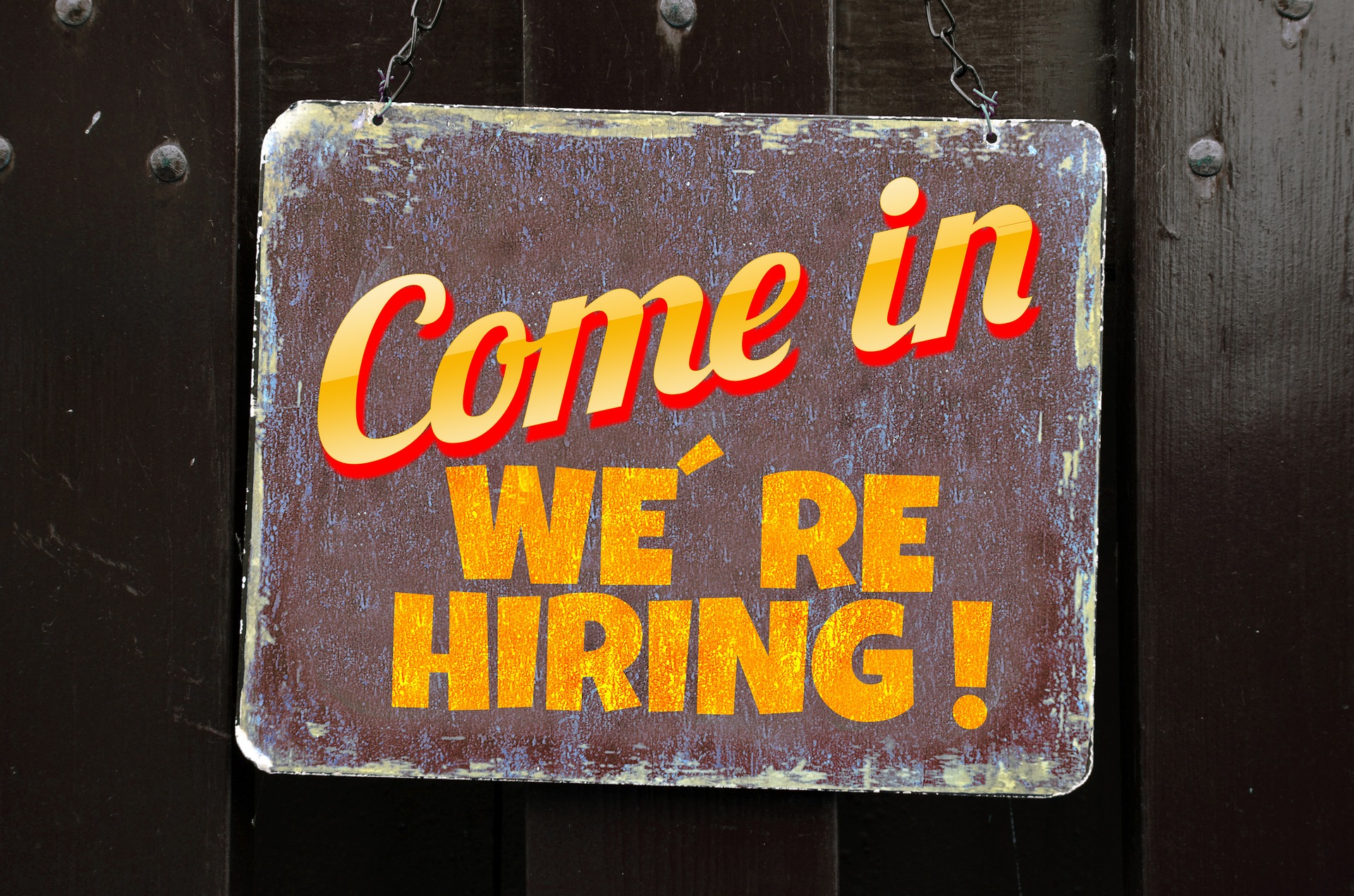Between the Lines: Stories of Brain Injury Survivors – (Part 5 of 6)
 This is the fifth post in Between the Lines: Stories of Brain Injury Survivors. If you missed the beginning of Tony’s Journey, click here to read it.
This is the fifth post in Between the Lines: Stories of Brain Injury Survivors. If you missed the beginning of Tony’s Journey, click here to read it.
Before his first stroke, Tony was a busy guy. As a husband and father of two, Tony spent his days driving his kids to sports practice, cooking for the family, and in general being a pretty involved family man–on top of working a fast-paced full-time job.
When the stroke happened, all of that came to a stop. During the weeks, months, and years after his first stroke, Tony learned to accept that his life had radically changed. As a brain injury survivor, he had to slow down and get back to basics to continue his recovery. This meant focusing on his mental health, his blood pressure, and his overall well-being so as not to trigger another stroke.
While sometimes another stroke can come out of nowhere–as was the case with his second stroke, 11 years after the first–there were things Tony could do to manage his health and lower his risk.
One key part of managing his health was practicing mindfulness. There are a number of ways to practice mindfulness, and for brain injury survivors, it’s important to find what works best for you. One person might take time to practice meditation to quiet the mind; another might choose to spend time in nature. For others, practicing mindfulness might be trying to be fully present with their daily tasks, whether that’s washing the dishes, folding laundry, or eating a meal.
 Practicing mindfulness helped Tony cope with life after stroke. For Tony, mindfulness means being fully aware of where he is and what he’s doing. It’s making little mental notes to check if there’s pain or issues that, pre-stroke, he would have brushed off. Mindfulness is a physical act, too–when he’s looking to centre himself, he finds peace being outside. Over the years, Tony’s backyard garden became his mindfulness sanctuary. It’s a place he can spend quiet time with his thoughts while reconnecting nature.
Practicing mindfulness helped Tony cope with life after stroke. For Tony, mindfulness means being fully aware of where he is and what he’s doing. It’s making little mental notes to check if there’s pain or issues that, pre-stroke, he would have brushed off. Mindfulness is a physical act, too–when he’s looking to centre himself, he finds peace being outside. Over the years, Tony’s backyard garden became his mindfulness sanctuary. It’s a place he can spend quiet time with his thoughts while reconnecting nature.
 Mindfulness is also what helped him achieve one of the biggest accomplishments of his life: in 2013, four years after his first stroke, Tony completed the Ride to Conquer. “Mindfulness helped me understand pain and how to manage it. It was about learning how to push myself while riding, while staying within my boundaries. That was the key to success,” says Tony.
Mindfulness is also what helped him achieve one of the biggest accomplishments of his life: in 2013, four years after his first stroke, Tony completed the Ride to Conquer. “Mindfulness helped me understand pain and how to manage it. It was about learning how to push myself while riding, while staying within my boundaries. That was the key to success,” says Tony.
Mindfulness is an important piece in anyone’s health toolkit, but it’s especially helpful for brain injury survivors. Even if you’re far along in your recovery, practicing mindfulness can help you overcome difficult challenges by bringing awareness to the present moment.
The way Tony practices mindfulness might be different from how you would. That’s because mindfulness is a unique practice for everyone. To learn more about mindfulness and learn how to harness its power, we’ve collected a few resources to get you started on your journey.
You can find mindfulness resources workshops on Brainstreams:
- Guided Breathing Videos
- Tips on healthy living for brain injury recovery
Mindfulness resources and workshops for stroke and brain injury survivors:
- Mindful Concussion workshops
- Watson Centre for Brain Health – hosts mindfulness workshops for BI survivors
- B Calm: BC Association for Living Mindfully – provincial resource list
Next week we’ll publish the final post in Tony’s Between the Lines series. In our last post, we’ll talk about how Tony leaned into his passions to find purpose, and share resources for brain injury survivors who want to connect with social and volunteer opportunities in their community.

